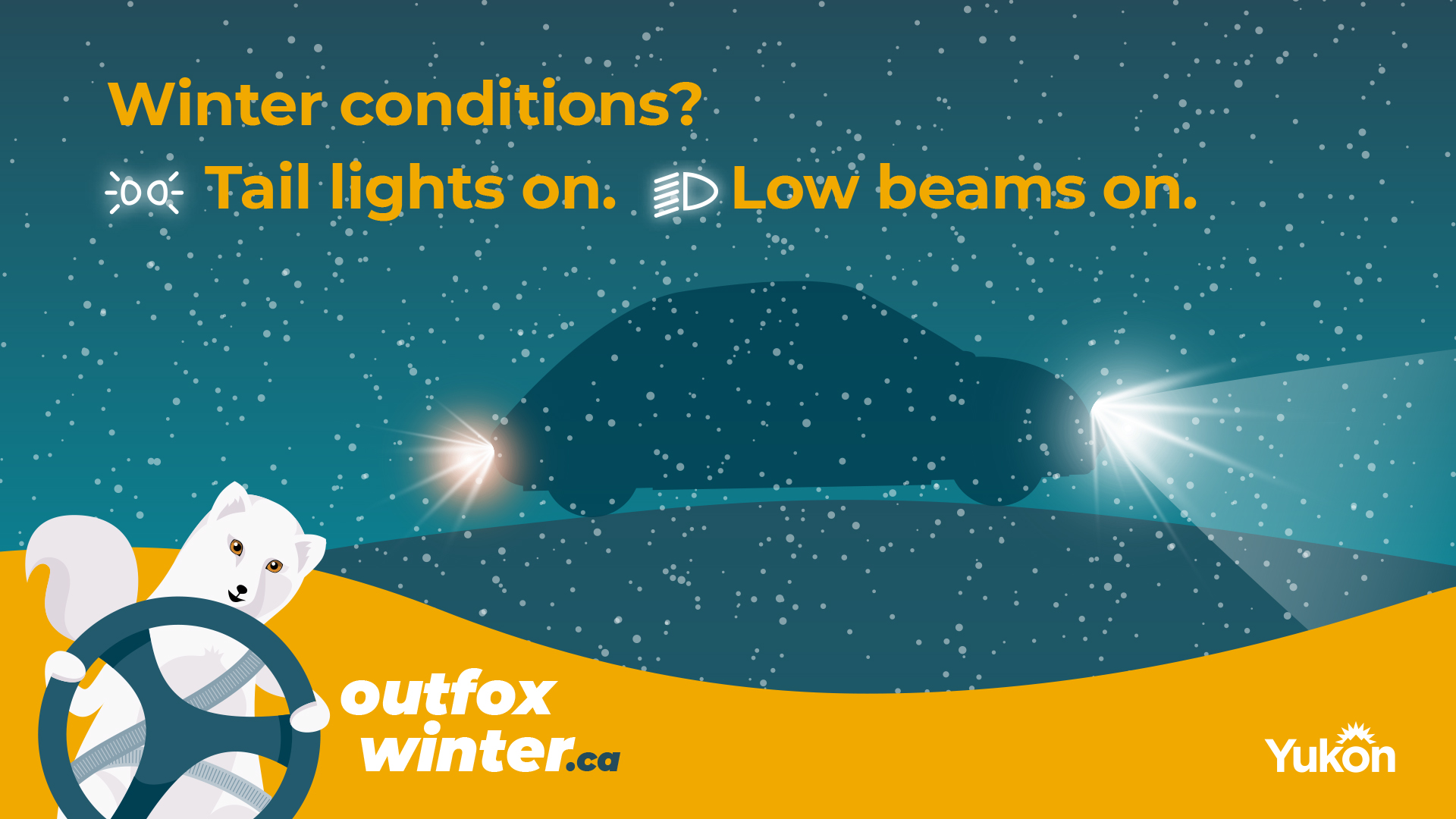Winter driving road-safety awareness
Get tips for safe driving in winter.
Getting ready for winter driving
When driving in winter, there are some key points you need to remember:
- Cruise control does not adjust for road conditions and should not be used in winter driving conditions.
- A safe following distance in summer is about 3 to 4 seconds; in winter it’s more than double, 8 to 10 seconds. Allow yourself extra time to start and stop.
- Remove all snow from your vehicle before you drive.
- In winter, it’s best to be ready for anything. Always travel with a winter survival kit.

No sidewalk on either side? Walk on the shoulder against the flow of traffic.
Tips for a safe trip
Winter driving can be risky. When you go on a long trip in the winter, make sure you check weather and road conditions. Pack extra gear and take precautions to keep yourself and your passengers safe:
- Make sure everyone is buckled up for safety.
- Remember: snow plows and equipment always have the right of way.
- Maintain a safe following distance.
- AWD and 4WD do not help you stop on snow and ice.
- Tell someone your travel plans and estimated time of travel.
You may want to consider bringing:
- extra fuel; and
- a satellite phone or CB radio.
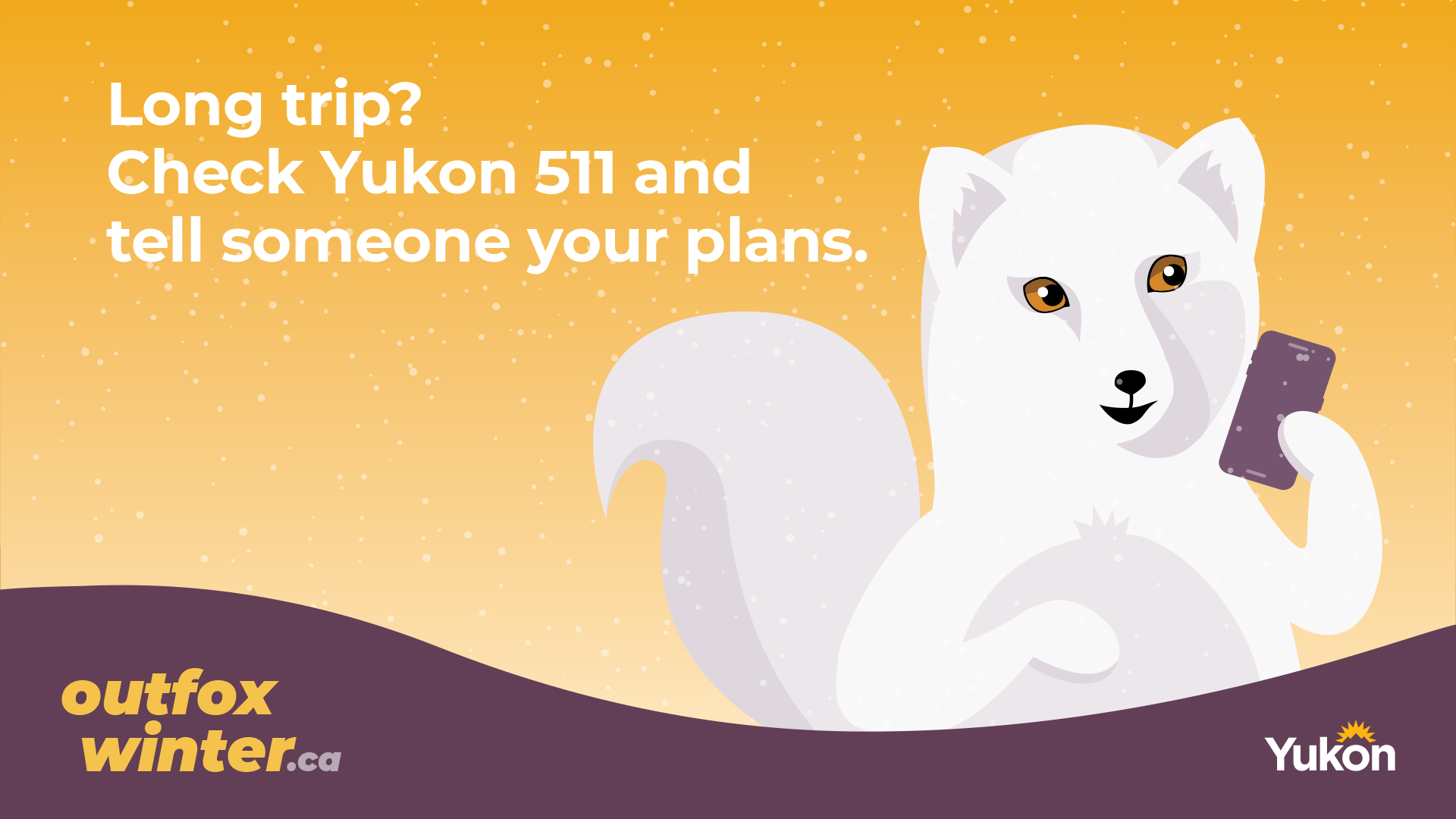
Stay connected. Before hitting the road, tell others your route, destination and when you plan to return.
A well-prepared emergency kit
Every vehicle should have a winter driving emergency kit. Suggested items for your emergency kit include:
- a shovel, an ice scraper and a snow brush;
- sand, kitty litter, traction mats, tire chains and a tow strap;
- a spare tire, a tire jack, a tire iron, an air compressor and a tire gauge;
- a flashlight (battery-free), a warning light, glow sticks and reflective safety triangles or road flares;
- extra winter clothes gear, a toque, socks, gloves, footwear, and hand and foot warmers;
- emergency non-perishable food snacks and water bottles;
- booster cables, a small tool kit with a screw driver, pliers and multi-tool;
- extra windshield washer fluid;
- lock de-icer, and fuel line and engine antifreeze;
- road maps, a compass and a whistle;
- a fire extinguisher, a first-aid kit, Band-Aids and antiseptic wipes;
- a heat source (matches, lighters, candles), a fire-starter kit and wood;
- a sleeping bag, a blanket (special "survival" blankets are best); and
- duct tape, cable ties and bungee cords.
For electric vehicle owners, remember to bring any chargers and adapters you need for your vehicle.
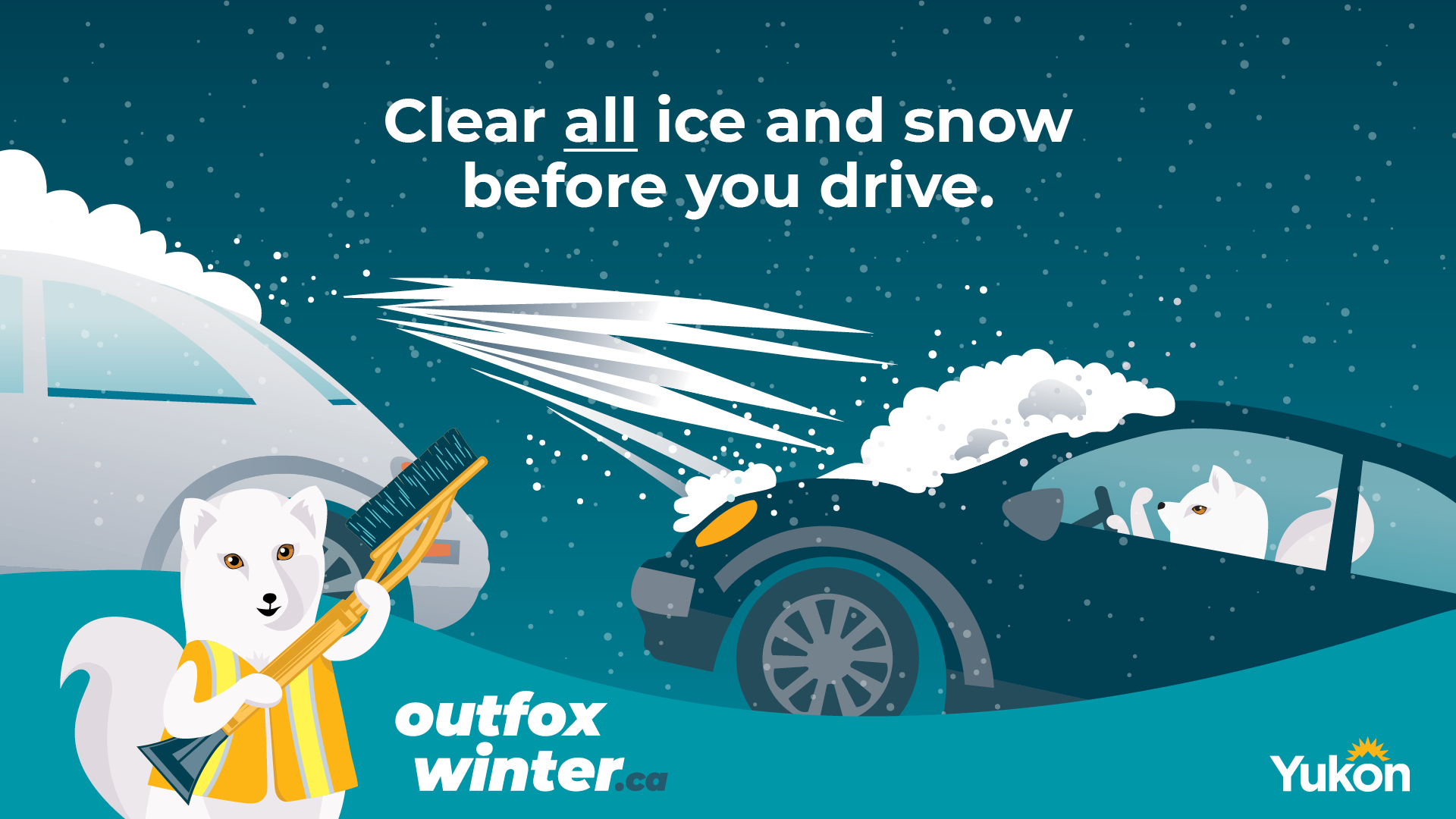
Snow left on your vehicle can blow onto the windshields of vehicles travelling behind you.
Driving near snow plows
Always give equipment space to work
Stay back from working snowplows and other winter maintenance vehicles with flashing blue and orange lights. You’ll see them on highways before, during and after a snowfall or storm.
Never pass a working snow plow on the right
Passing a working snow plow on the right is very dangerous for you and the plow driver. When a snow plow is out clearing roads, snow, ice and rocks are thrown to the right.
When passing a snow plow, always make sure there's room to pass safely, on the left, and merge back into your lane, leaving extra space between you and the snow plow. Sight lines and visibility can be significantly reduced by blowing snow and the ridge of snow that the plow creates.
Be patient
It takes time to clear the roads after a snowfall. Whether they're in your lane or on the centre line, heavy equipment always has the right of way when they're working. A snow plow’s job is to clear snow from the roadway. Your job is to stay clear from the plow.
Do not crowd
Drivers of heavy equipment have large side mirrors. They also have large blind spots. Stay back far enough to see their side-view mirrors. This increases your field of vision and it makes you more visible to the driver of the heavy equipment. Do not pass unless it's safe to do so.
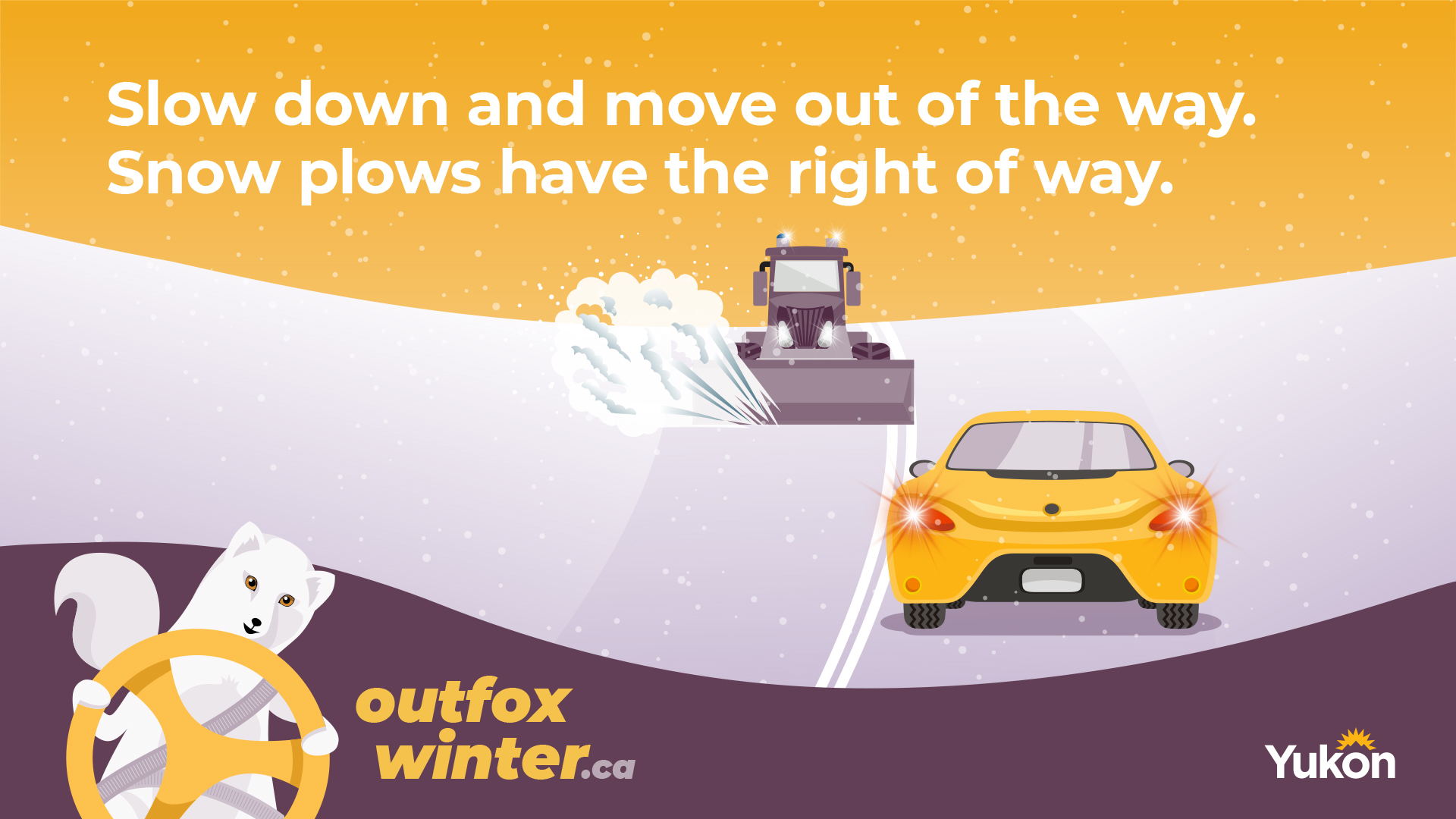
Even if they’re going slow or straddling the centre line, snow plows have the right of way.
Additional information
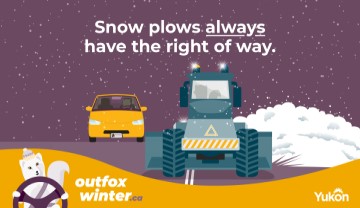
Wherever they are on the road, allow them to do their work and keep out of their way.
For more information about driving in winter visit: Transport Canada winter driving tips
